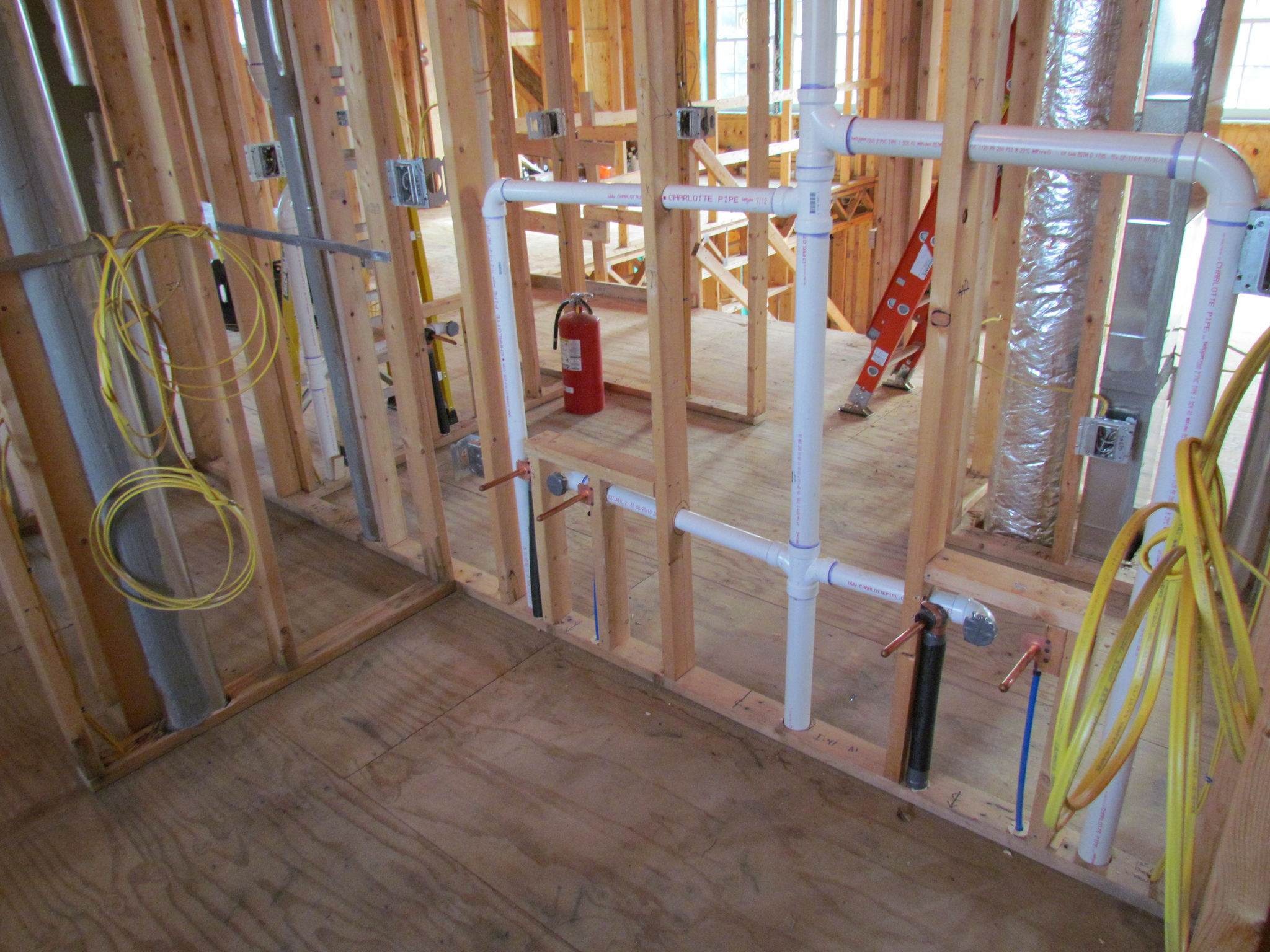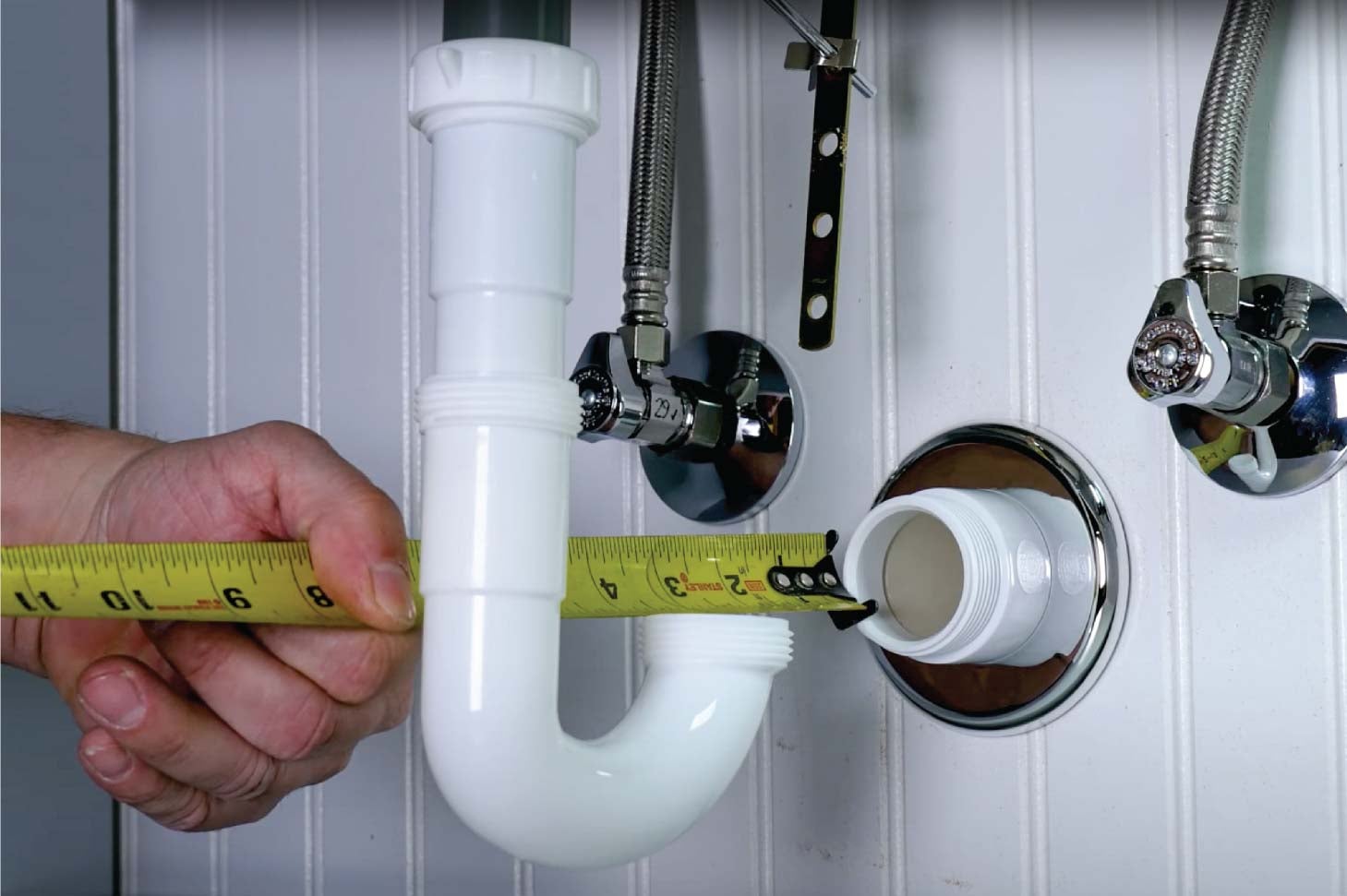Just how do you feel with regards to Plumbing Installation 101: All You Need to Know?

Understanding just how your home's plumbing system works is crucial for every property owner. From providing tidy water for drinking, cooking, and bathing to securely getting rid of wastewater, a well-kept pipes system is crucial for your family's health and wellness and comfort. In this thorough guide, we'll check out the intricate network that composes your home's pipes and deal tips on maintenance, upgrades, and managing typical concerns.
Intro
Your home's plumbing system is greater than simply a network of pipelines; it's a complex system that guarantees you have accessibility to tidy water and reliable wastewater removal. Understanding its elements and exactly how they collaborate can assist you stop expensive fixings and make sure every little thing runs smoothly.
Standard Elements of a Pipes System
Pipelines and Tubing
At the heart of your plumbing system are the pipes and tubing that carry water throughout your home. These can be constructed from various products such as copper, PVC, or PEX, each with its benefits in terms of sturdiness and cost-effectiveness.
Fixtures: Sinks, Toilets, Showers, and so on.
Fixtures like sinks, toilets, showers, and tubs are where water is utilized in your house. Comprehending exactly how these components link to the plumbing system helps in diagnosing troubles and intending upgrades.
Shutoffs and Shut-off Factors
Shutoffs regulate the circulation of water in your pipes system. Shut-off shutoffs are vital throughout emergency situations or when you require to make repair services, enabling you to isolate parts of the system without disrupting water circulation to the whole home.
Water System System
Key Water Line
The main water line connects your home to the metropolitan water system or a personal well. It's where water enters your home and is dispersed to different fixtures.
Water Meter and Stress Regulatory Authority
The water meter steps your water use, while a pressure regulatory authority makes sure that water moves at a risk-free pressure throughout your home's plumbing system, avoiding damages to pipelines and components.
Cold Water vs. Hot Water Lines
Comprehending the distinction in between cold water lines, which provide water directly from the main, and hot water lines, which lug warmed water from the hot water heater, assists in fixing and planning for upgrades.
Water drainage System
Drain Pipes Pipeline and Traps
Drain pipes carry wastewater away from sinks, showers, and toilets to the sewer or septic tank. Catches prevent sewer gases from entering your home and also catch debris that could cause clogs.
Ventilation Pipes
Ventilation pipelines enable air into the drainage system, protecting against suction that can slow down drain and create catches to empty. Correct air flow is vital for maintaining the integrity of your plumbing system.
Significance of Proper Water Drainage
Making certain proper water drainage protects against backups and water damage. Consistently cleaning drains pipes and keeping traps can prevent expensive repair work and expand the life of your pipes system.
Water Heating Unit
Types of Hot Water Heater
Water heaters can be tankless or standard tank-style. Tankless heating units warmth water as needed, while tanks save heated water for prompt use.
How Water Heaters Attach to the Plumbing System
Comprehending how hot water heater attach to both the cold water supply and hot water distribution lines aids in diagnosing problems like not enough hot water or leakages.
Upkeep Tips for Water Heaters
Frequently purging your water heater to eliminate debris, checking the temperature level setups, and examining for leaks can prolong its life expectancy and boost energy efficiency.
Usual Plumbing Problems
Leaks and Their Reasons
Leakages can take place as a result of aging pipes, loosened installations, or high water pressure. Attending to leakages promptly prevents water damage and mold and mildew development.
Clogs and Blockages
Obstructions in drains and toilets are typically triggered by purging non-flushable items or a buildup of grease and hair. Making use of drainpipe displays and bearing in mind what goes down your drains can avoid blockages.
Indicators of Pipes Problems to Expect
Low water pressure, sluggish drains pipes, foul odors, or unusually high water bills are indications of potential plumbing problems that should be dealt with immediately.
Pipes Maintenance Tips
Routine Examinations and Checks
Schedule annual plumbing assessments to capture concerns early. Try to find indicators of leaks, corrosion, or mineral build-up in faucets and showerheads.
DIY Upkeep Tasks
Straightforward tasks like cleaning tap aerators, looking for commode leakages using color tablet computers, or protecting exposed pipelines in cool environments can stop major plumbing problems.
When to Call a Professional Plumber
Know when a plumbing concern needs professional competence. Attempting complex repair work without correct expertise can lead to more damage and greater repair costs.
Upgrading Your Plumbing System
Reasons for Upgrading
Updating to water-efficient components or changing old pipelines can boost water top quality, minimize water expenses, and enhance the worth of your home.
Modern Pipes Technologies and Their Advantages
Check out innovations like wise leak detectors, water-saving toilets, and energy-efficient water heaters that can save cash and decrease environmental influence.
Cost Considerations and ROI
Calculate the in advance expenses versus long-lasting cost savings when thinking about pipes upgrades. Several upgrades pay for themselves through reduced utility bills and less repair services.
Ecological Impact and Preservation
Water-Saving Components and Appliances
Installing low-flow taps, showerheads, and commodes can significantly lower water usage without compromising performance.
Tips for Reducing Water Use
Easy routines like taking care of leakages quickly, taking much shorter showers, and running full tons of washing and dishes can preserve water and reduced your utility bills.
Eco-Friendly Pipes Options
Consider lasting plumbing products like bamboo for flooring, which is durable and eco-friendly, or recycled glass for counter tops.
Emergency situation Preparedness
Actions to Take During a Pipes Emergency
Know where your shut-off valves lie and just how to turn off the water in case of a burst pipeline or major leakage.
Importance of Having Emergency Calls Useful
Maintain call details for neighborhood plumbings or emergency solutions conveniently available for fast response during a pipes crisis.
DIY Emergency Situation Fixes (When Appropriate).
Momentary solutions like making use of duct tape to patch a dripping pipe or putting a container under a trickling tap can minimize damage till a specialist plumbing technician shows up.
Final thought.
Recognizing the makeup of your home's plumbing system equips you to preserve it efficiently, conserving money and time on fixings. By adhering to regular maintenance regimens and remaining notified regarding modern-day pipes technologies, you can ensure your plumbing system operates successfully for many years ahead.
HOW YOUR PLUMBING SYSTEM WORKS
Which Pipes Do What?
Blue lines = fresh water supply entering the building
Red lines = hot water supply entering the building
Grey lines = pipes carrying waste away from the building and venting pipes carrying gases away from the building (through the roof)
YOUR MAIN PLUMBING SYSTEMS
There are two main plumbing systems that support your home s basic plumbing needs one that brings clean water into your home, and one that sends dirty water away from your home. Connected to the toilet, bath, shower, and other faucets in your home, these two systems keep your water flowing in the right directions.
ACCESSING FRESH WATER
Fresh and clean water is brought into your home through the main water supply line . Filtered through one pipe, this water is pressured to flow into the various fixtures in your home at any given time.
This water can be sourced from a well located on your property, a pond or river (mostly cottages), or, as in most cases, from the city s municipal water treatment centre. However, it is important to note that water that is untreated, such as the water siphoned from ponds or rivers, may not be safe to drink. Personal water supplies always need to be treated for hardness and contaminants before consumed.
MUNICIPAL WATER SUPPLIES
Improve taste and odour
Remove sediment
Eliminate hardness
Reduce chlorine
COLD WATER SUPPLY VS. HOT WATER SUPPLY
Cold water flows into your home or building through the service line, which then distributes hot or cold water to your fixtures. This line is most commonly run through a central column that runs floor to floor. Hot water runs in short and straight pipes as the longer the pipeline, the more heat that will be lost in the transfer. Having shorter pipes also allows residents to access hot water more quickly.
WASTE WATER SYSTEM
Your wastewater system is divided into two parts pipes that send wastewater away from your home and venting pipes that send sewer gas away from your home. Sewage water travels through pipes that flush the water and waste towards local sewers that are operated and managed by your city or town. Most sewer systems rely on gravity to move the wastewater to where it needs to go.
The further away from your toilet or sink, the larger wastewater pipes become. This allows for waste to be disposed of from various parts of your home or business at once without pipe blockages. The angle and flow of these pipes are also essential for keeping your waste pipes clear of build up.
https://harrisplumbing.ca/how-your-home-plumbing-system-works/

HOW YOUR PLUMBING SYSTEM WORKS
Which Pipes Do What?
YOUR MAIN PLUMBING SYSTEMS
There are two main plumbing systems that support your home s basic plumbing needs one that brings clean water into your home, and one that sends dirty water away from your home. Connected to the toilet, bath, shower, and other faucets in your home, these two systems keep your water flowing in the right directions.
ACCESSING FRESH WATER
Fresh and clean water is brought into your home through the main water supply line . Filtered through one pipe, this water is pressured to flow into the various fixtures in your home at any given time.
This water can be sourced from a well located on your property, a pond or river (mostly cottages), or, as in most cases, from the city s municipal water treatment centre. However, it is important to note that water that is untreated, such as the water siphoned from ponds or rivers, may not be safe to drink. Personal water supplies always need to be treated for hardness and contaminants before consumed.
MUNICIPAL WATER SUPPLIES
COLD WATER SUPPLY VS. HOT WATER SUPPLY
Cold water flows into your home or building through the service line, which then distributes hot or cold water to your fixtures. This line is most commonly run through a central column that runs floor to floor. Hot water runs in short and straight pipes as the longer the pipeline, the more heat that will be lost in the transfer. Having shorter pipes also allows residents to access hot water more quickly.
WASTE WATER SYSTEM
Your wastewater system is divided into two parts pipes that send wastewater away from your home and venting pipes that send sewer gas away from your home. Sewage water travels through pipes that flush the water and waste towards local sewers that are operated and managed by your city or town. Most sewer systems rely on gravity to move the wastewater to where it needs to go.
The further away from your toilet or sink, the larger wastewater pipes become. This allows for waste to be disposed of from various parts of your home or business at once without pipe blockages. The angle and flow of these pipes are also essential for keeping your waste pipes clear of build up.
https://harrisplumbing.ca/how-your-home-plumbing-system-works/
I found that content on while doing a search on the web. Enjoyed reading our review? Please share it. Let someone else check it out. Thank-you for taking the time to read it.
Book Inspection